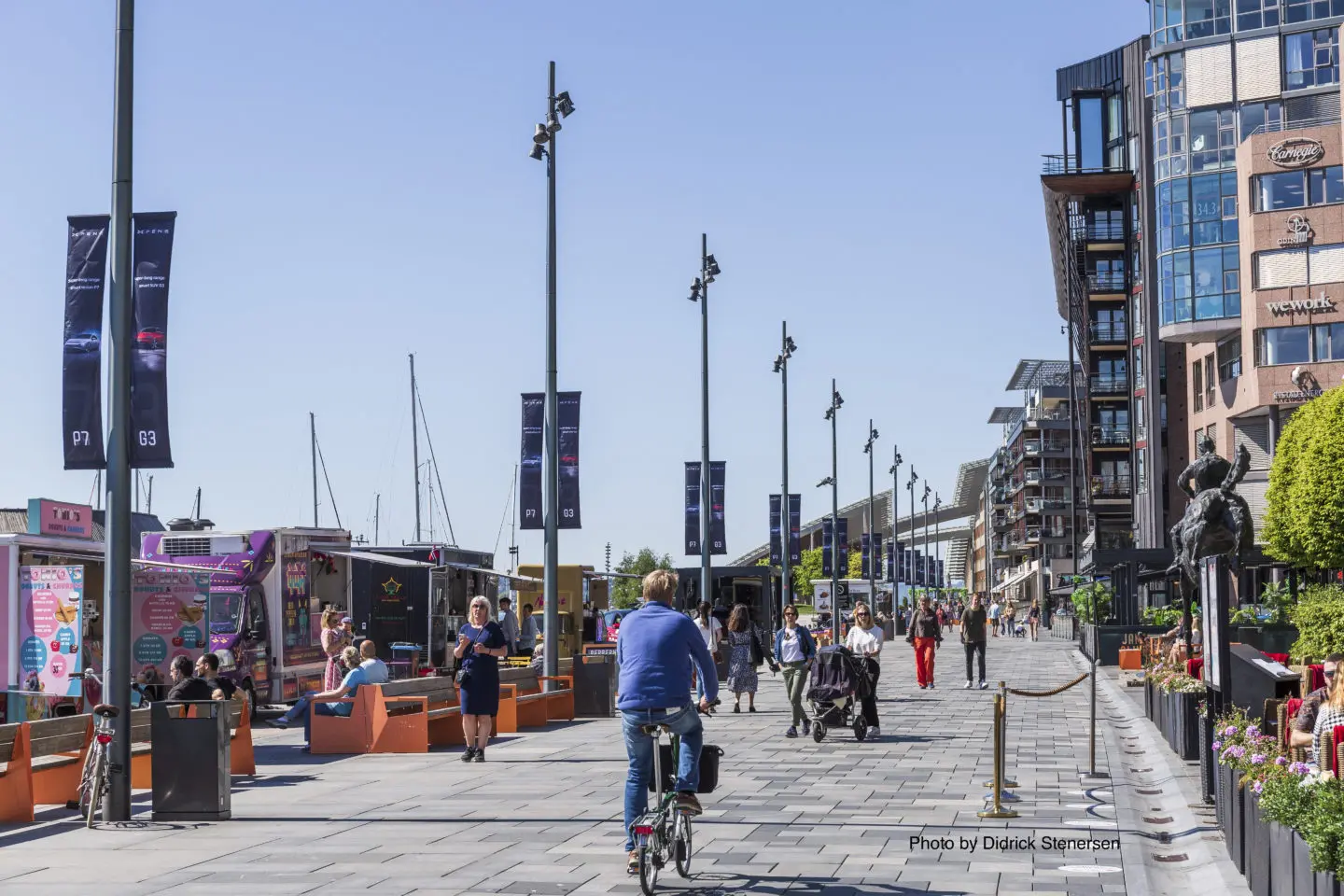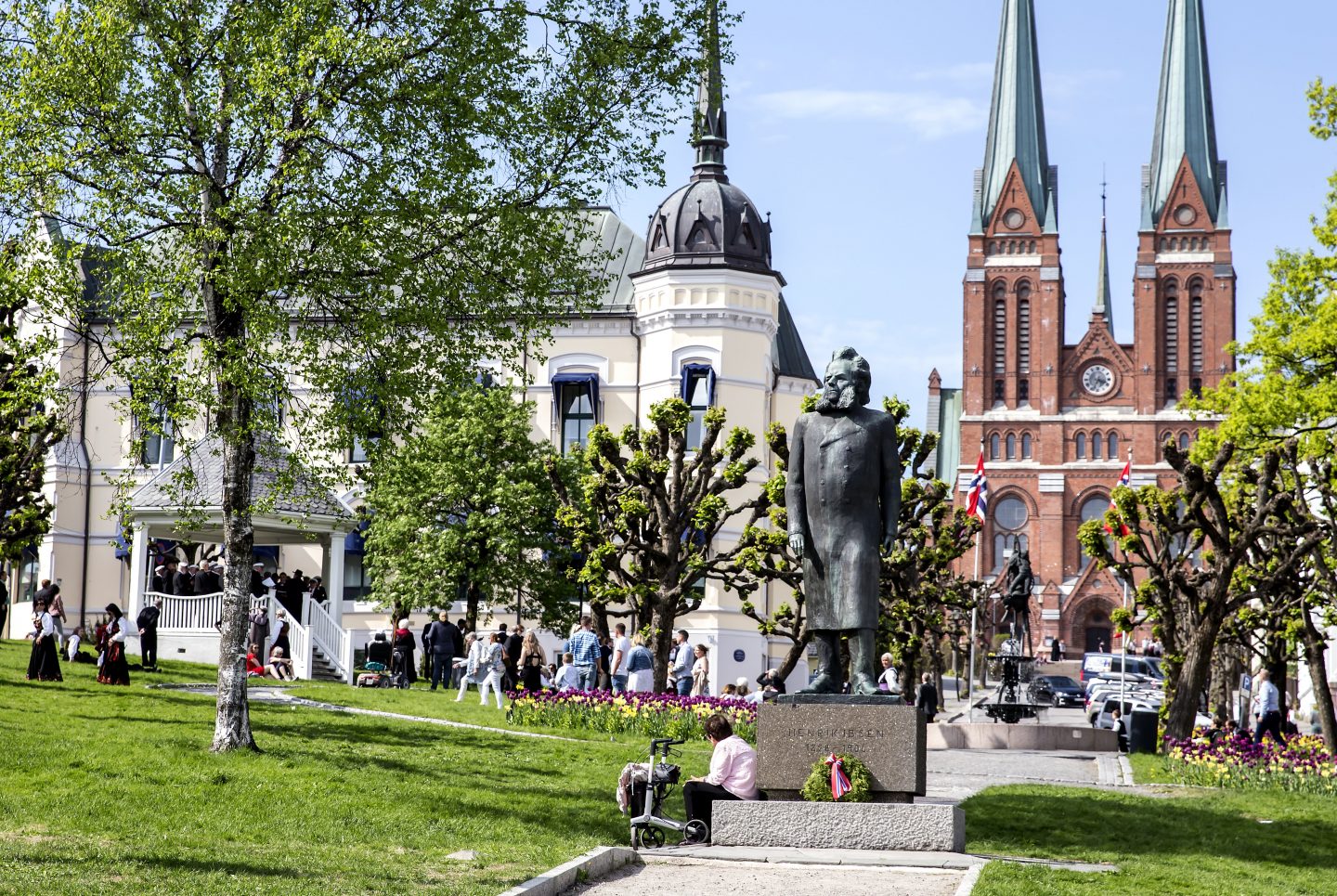Safe City Action

Oslo and Nordic Safe Cities have taken action on the outreach work towards youth to prevent hate crime. The City of Oslo will also develop a new action plan to prevent hate crime and hate speech.
City Portrait
Oslo was founded in the eleventh century at the end of the Viking Age and became the capital city of Norway in 1814. Constituting both a city and municipality, Oslo is located at the northernmost end of the Oslo fjord and inhabits around 40 islands within its limits. It is the largest and most populous city with a population of almost 700 thousand people and serves as the economic and governmental centre of Norway. Oslo has experienced a population growth of 11% since 2012 and is an international and multicultural city where more than 30 percent of the population has roots in other countries. Oslo is generally considered secure with 93% of citizens reporting to feel safe in their neighbourhoods and around the city.
Safe City Challenges
Oslo is also a diverse city with areas and population groups of varying socio-economic characteristics, education levels and employments statuses. The city is experiencing negative effects of increasing financial insecurity and marginalisation, and a lack of social mobility for young people. In addition, the city is noticing an escalation in spread of misinformation and polarisation online and a lowered threshold for making hateful statements on social media. Potential radicalisation, recruitment and extremist communications are increasingly happening through public as well as encrypted online forums posing challenges of how to most effectively monitor, tracks and engage with these individuals and groups as a city. Oslo is further observing a youth environment that has become ‘tougher’, both in relation to ways of speaking, how they relate to authorities, and the use of violence. Moving forward, the city of Oslo will work on attitudinal efforts among young people to prevent hate speech and hate crime as well as on measures to strengthen children, young people and parents’ awareness of online challenges.

Strategy
The City of Oslo’s model for crime prevention is referred to as the SaLTo model (Together we create a safe Oslo). It is a cross-sectorial and collaborative model based on Scandinavian crime prevention. The model primarily works with crime prevention among children and young people but has been extended to operate with all age groups in the prevention of extremist violence and hate. The model focuses on collaboration with partners from the local and national level, as well as civil society and the private sector to strengthen and further develop preventive work. The city of Oslo and the police have different functions in the efforts to create safe cities and prevent extremism, but collaborate closely on challenges and share information, resources and common goals – preventing hate crime, radicalisation and violent extremism by meeting citizens with dialogues and building relationships in an open and reflective manner.
FOCUS AREAS
The City of Oslo’s SaLTo model focuses on the following:
- Oslo has a project where it has established a mentor program. In this program the mentors work closely directly with individuals where there is concern related to radicalisation and violent extremism.
- Strengthening competency and capabilities of mentors and front-line municipal workers.
- Youth measures aimed at preventing hate speech and hate crime.
- Developing cross-sectoral cooperation
Good Practise
Mentor Programme
Oslo has a project where it has established a mentor program. In this program the mentors work closely directly with individuals where there is concern related to radicalisation and violent extremism.



